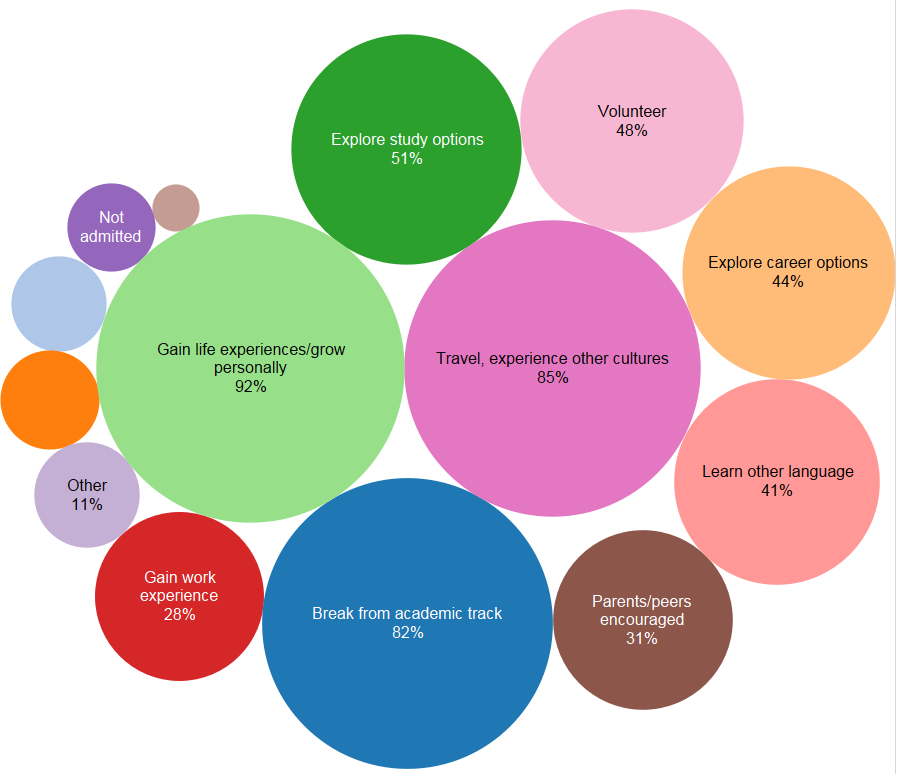According to research, “40% of 18 to 34 year olds are living at home with one parent or both. Looking at the younger, 18-to 24 year-old group, more than half have moved back home, at least for a time, in the past few years- or never moved out. Ther percentage is about the same for men and women. (Arnett, Getting them to 30, 109)
In a society where more emerging adults are living at home, adulthood cannot be based upon markers such as living independently, but upon the deeper Biblical principles of Vocation, Autonomy, and Community.
While living at home still carries a negative stigma in many social circles, living at home is not always a negative experience – for the child or the parent. “Almost 70% of young people 18-34 who are living at home with their parents say they are very satisfied with family life.” (Arnett, 110)
In this video, the speaker makes several points to illustrate the difference between someone who lives with parents as an adult versus someone who lives at home with an immature perspective.
Here is a link to the full video.
The video states that those who live at home as a Child…
- treat the home as a hotel.
- are frivolous spenders.
- always have something to prove.
Those who live at home as an Adult…
- always contribute.
- are not afraid to serve parents and siblings.
- respect their parents wishes and home.
While the fact that you are living with your parents does not make you a child, how you act while living at home does indicate your maturity.
One of the first points made in the video is that there are several healthy reasons why children choose to live with their parents (including finances and physical health). While the predominant western mindset values living independently, many cultures have always valued communal living for extended families.
So are you living at home like an Adult or a Child?
Other Links:
- Considering Moving Back Home?
- Arnett and Fishel, Getting to 30: A Parent’s Guide to the 20-Something Years
- Guess who care for those who move back home
- Setting some Boundaries while Living at Home









 It seems like every time I turn around I am hearing something about Sherry Turkle’s new book,
It seems like every time I turn around I am hearing something about Sherry Turkle’s new book,  I’m going to say something a bit unheard of in modern times. My thoughts are anathema for most parents. But I’m done pretending.
I’m going to say something a bit unheard of in modern times. My thoughts are anathema for most parents. But I’m done pretending.



 Taking a “Gap Year” after high school is becoming more common in the Western world. While exact details are difficult to determine, but it is clear that interest and enrollment in gap year programs is growing substantially. If you want to read some statistics on Gap Year, Please check out
Taking a “Gap Year” after high school is becoming more common in the Western world. While exact details are difficult to determine, but it is clear that interest and enrollment in gap year programs is growing substantially. If you want to read some statistics on Gap Year, Please check out